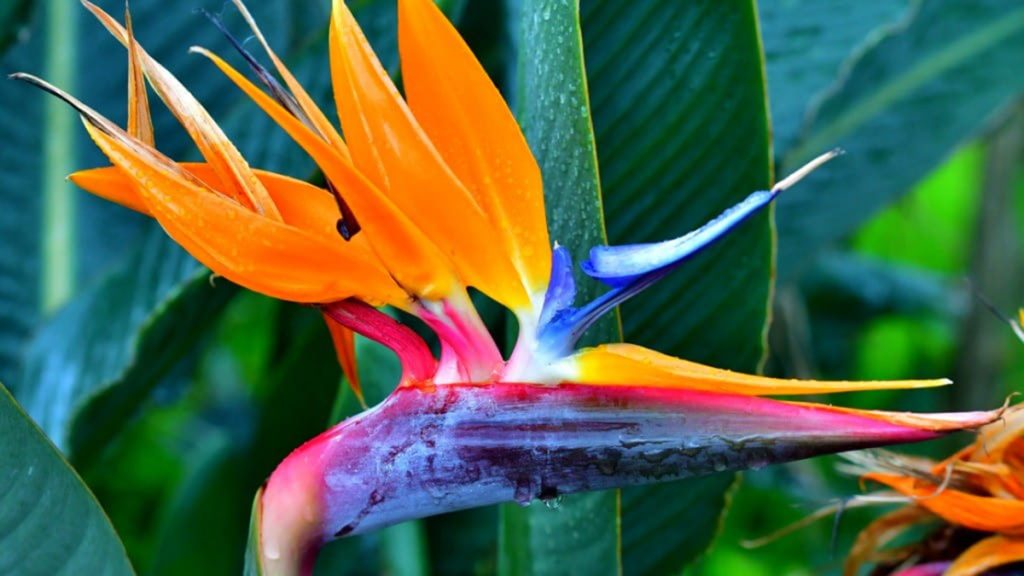
Bird of Paradise a flower that gets its name because it resembles a colorful bird in flight.
This flower has several special types of it known all over the world, where the most widespread version is the one we will cover today.
You can find it named under the scientific name Strelitzia reginae and it is full of colors dominated by blue and orange.
Its less common type is white or white with dark blue.
However, this flower is great to have in your home because of the beauty it offers.
And in ideal conditions they hatch several times during the year.
AgroWeb.org teaches you how to grow and care for it in your homes.
PLANTING
This flower prefers to be planted with the roots first submerged in a small vase.
Choose a vase or plastic container, place the roots of the flower, leaving 2.5 cm of space between the base and the root.
Fill it with soil and leave it for a while in the pot, be careful not to cover it too deeply.
Create holes around the roots so that they have the opportunity to be exposed and dry easily from the water.
CARE
This flower grows in warm temperatures of 18-21 degrees C, so even when you water it, wait until the soil around it is completely dry before watering it again.
This plant prefers moderate humidity so it may require covering during the winter so that it does not freeze or absorb moisture.
It needs to be fertilized every two weeks in spring and every week in summer.
The best time to plant it is early spring.
Make sure that after the roots have grown larger than the container you originally placed them in, you transfer your flower to clean soil.
Diseases
This flower can have problems with insects, whiteflies and other types of them.
Also, the rotting of the flower can occur because you have watered it more than it should or the water has not managed to dry completely.
Other characteristics
As we explained above, this flower has several varieties or colors where blue and orange are the most common.
This flower reaches up to 1 meter in height and the flowers appear along its stem.
These flowers, as the name suggests, resemble a flying bird./AgroWeb.org
